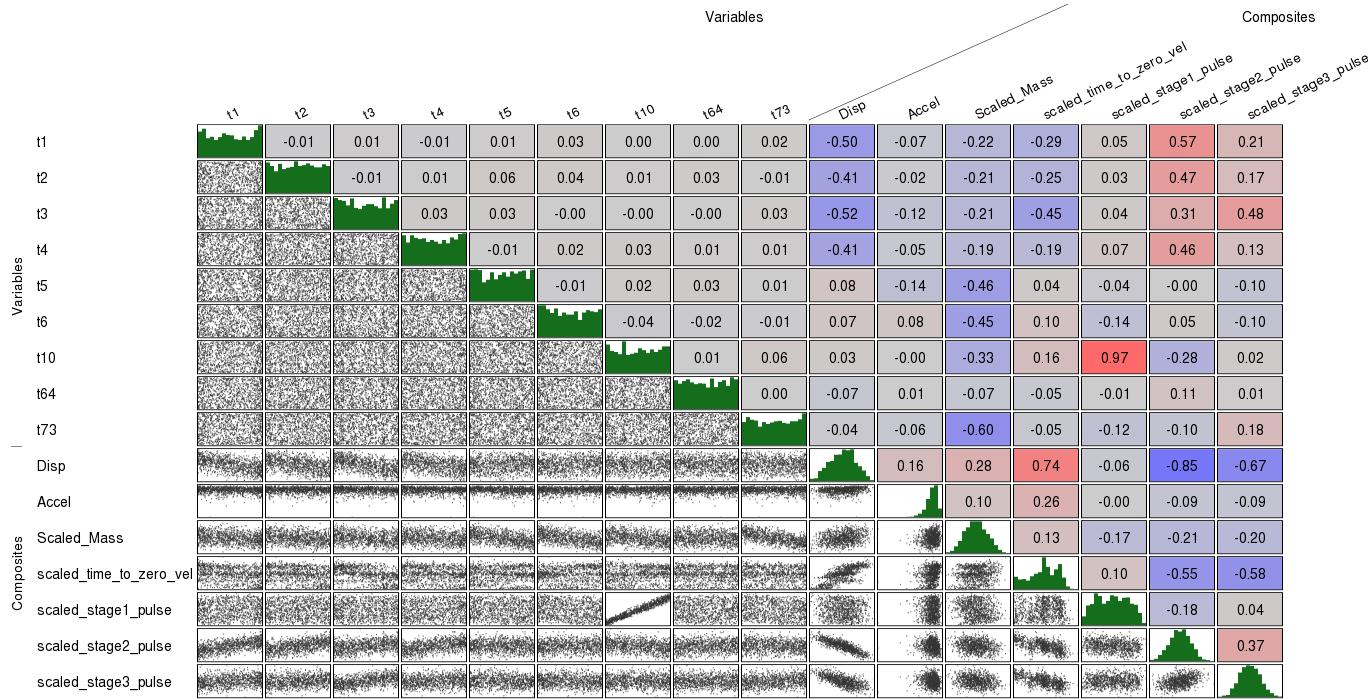

All cases irrespective of age, sex and indication sent for complete haemogram were included in the study. Since clinical indications and demographic data were not used for the study, the patients’ confidentiality was not compromised.įully automated multichannel haematology analyser, SYSMEX XT 2000i was used for the study. This study was not subject to ethical clearance as only the automated analyser derived data was used for the study purpose. The confidentiality of the patient details and ethical standards were maintained through out the study and only the relevant data was recorded in a proforma. Random non-biased sampling technique was employed to select cases from patients attending hospital and for whom the treating physician advised a haematological investigation. This study was undertaken to identify linear co relationships between and among various RBC parameters (RBC count, HCT, MCV, RDW, Hb) and platelet parameters (Platelet count, PCT, MPV, PDW) in any given state – physiological or pathological and to determine their predictive value in certain pathological conditions.Ī prospective analysis of 1250 EDTA anticoagulated blood samples were conducted over duration of two months at the Department of Pathology, ESIC Medical College and PGIMSR, Bangalore, India. These parameters are often under-reported because of the lack of validated knowledge of their clinical utility.
#CORRELATION MATRIX STATPLUS MANUAL#
Among the various advantages the fully automated multichannel haematological analysers offer, one of them is that, most of the parameters obtained through them have no manual equivalents. With remarkable advances in technology and advent of fully automated analysers, it has been easy to analyse various parameters of RBCs and platelets, such as RBC count, Haematocrit (HCT), Mean Corpuscular Volume (MCV), Red Cell Distribution Width (RDW), Platelet count, Plateletcrit (PCT), MPV and Platelet Distribution Width (PDW).
#CORRELATION MATRIX STATPLUS SERIES#
Nucleated forms are present in the bone marrow and are seen in the peripheral blood only in diseased states, for example normoblasts in anaemia and micromegakaryocytes in myelodysplastic syndrome iii) Both the cells have an immature peripheral blood stage called as reticulocyte for RBCs and reticulated platelets for platelets iv) Erythropoietin, a cytokine growth factor has a significant effect on both the series of cells v) All the available haematology analysers determine the erythrocytes and platelet volume using the same aperture and the same dilution. Some of the features that are similar to both RBCs and platelets are: i) both erythrocytes and platelets develop from a common progenitor cell (MEP) ii) In the peripheral blood, both erythrocytes and platelets are in an anucleated form. Mature RBCs and platelets show a similar physiological rhythm and are concurrently involved in numerous pathologic states. MEP gets further differentiated to form committed precursors, which give rise to RBC’s and platelets. One of the subsequent progenitors, the common myeloid progenitor in turn divides into Megakaryocyte/Erythroid Progenitor (MEP) and Granulocyte/Monocyte Progenitor (GMP). The three haematopoietic blood elements as we know today: the Red Blood Cells (RBC), White Blood Cells (WBC) and platelets are derived from a single Haematopoietic Stem Cell (HSC). The ontogeny of the human haematopoietic cells has been an area of constant research and immense interest.


 0 kommentar(er)
0 kommentar(er)
